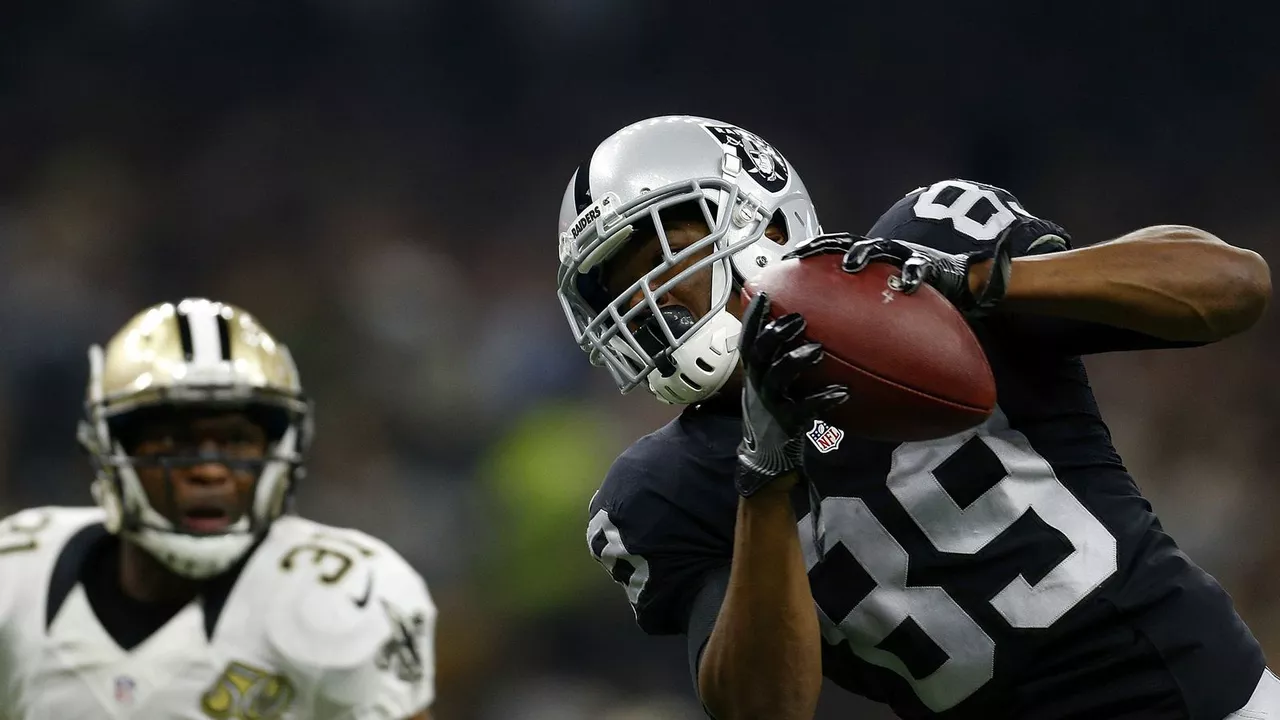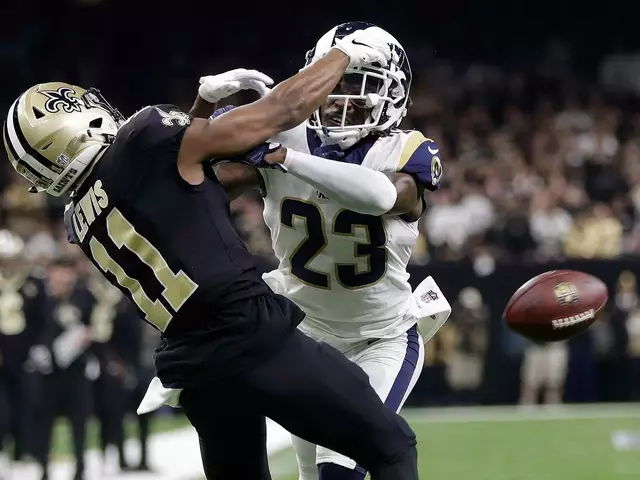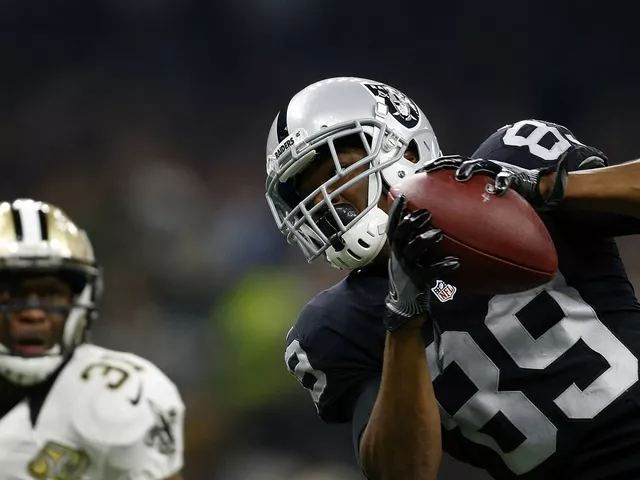 26 Jul,2023
26 Jul,2023
Understanding the Basics of an NFL Game
Before we dive into the complexities of a tie in the National Football League (NFL), it's essential to understand the basics of an NFL game. NFL games are divided into four 15-minute quarters, with a halftime break after the second quarter. At the end of the fourth quarter, if the teams are tied, an additional period, known as overtime, is played to determine the winner. However, the rules for overtime have evolved over the years, which has led to the possibility of a tie game. We will explore these rules in detail in the following sections.
Understanding Overtime in the NFL
Overtime in the NFL is a 10-minute sudden-death period, meaning the first team to score wins. But if neither team is able to score in this period, the game ends in a tie. However, there's a caveat. If the team that receives the ball first only manages to score a field goal, the other team is given a possession to either score a touchdown to win or a field goal to extend the game. If they fail to score, the first team wins.
History of Ties in the NFL
Ties are not a new phenomenon in the NFL. In fact, ties were fairly common before the NFL introduced sudden-death overtime in 1974. However, with the introduction of overtime, ties became less frequent. But ties did not completely disappear, and over the years, the NFL has seen several tied games, leading to many memorable moments and intriguing storylines.
How Often Do Ties Occur?
Even though the possibility of a tie exists, ties in the NFL are extremely rare. Since the introduction of sudden-death overtime, there have been less than 30 tied games. To put this in perspective, there are roughly 256 games in an NFL regular season, and there have been over 10,000 games since 1974. Therefore, the chances of a tie happening are very slim, but not impossible.
Impact of a Tie on the Season
Despite their rarity, ties can have significant implications on a team's season. A tie is counted as half a win and half a loss in the standings, making it better than a loss but worse than a win. In closely contested divisions, a tie could be the difference between making the playoffs or missing out. Therefore, teams usually try to avoid a tie at all costs.
Notable Ties in NFL History
Despite the rarity of ties, some have been incredibly memorable. For instance, in 2008, the Philadelphia Eagles and Cincinnati Bengals ended in a tie, which led to the infamous post-game interview where Eagles quarterback Donovan McNabb admitted he didn't know games could end in a tie. More recently, in 2018, the Green Bay Packers and Minnesota Vikings' game ended in a tie due to missed field goals from both teams.
Current Overtime Rules
The NFL's current overtime rules were implemented in 2012, with a further tweak in 2017 to shorten overtime from 15 minutes to 10. The aim was to reduce the number of plays in a game to help player safety. These rules have been the subject of much debate, with some arguing they are still too complicated and unfair.
Proposed Changes to Overtime Rules
Given the controversy surrounding the current overtime rules, there have been several proposals to change them. Some have suggested adopting the college football overtime rules, where each team is given a possession from the opponent's 25-yard line. Others have proposed a "bid" system, where teams bid on where they start their possession, with the highest bid winning. However, as of now, no changes have been made.
Conclusion: The Fascination of a Tie
In conclusion, a tie in the NFL is a rare but fascinating event. It adds an extra layer of complexity to the game and can have significant implications on a team's season. While the current overtime rules have reduced the frequency of ties, they have not eliminated them completely. As a result, the possibility of a tie always looms in the background, adding an extra layer of excitement to every NFL game.





Write a comment